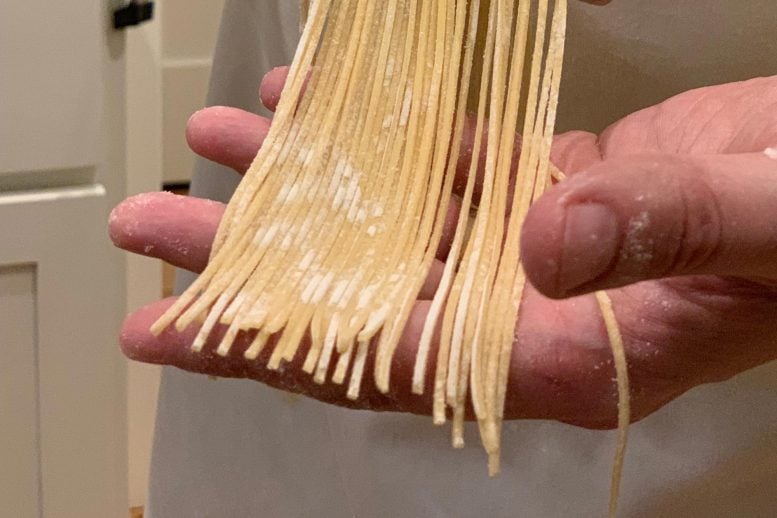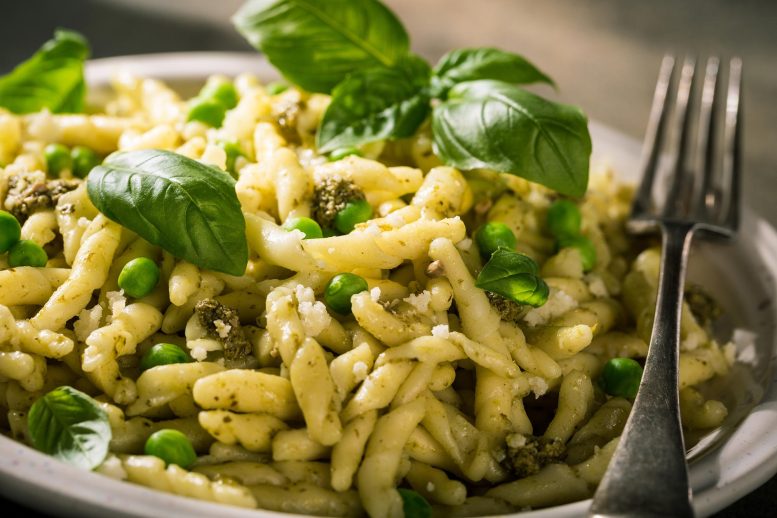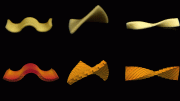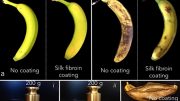
Italian researchers have cooked up a new process for extending the shelf life of fresh pasta by 30 days.
Changes to product packaging, addition of bioprotective, and antimicrobial bacteria called probiotics add 30 days to how long the popular food staple can be stored.
In Italy, pasta is serious business, with reportedly more than 300 specific forms known by some 1,300 names. They even have a 55-year-old ‘pasta law’ that governs its production and manufacture. However, that doesn’t mean the beloved food staple is shut off from innovation.
Now, Italian researchers have cooked up a new process for extending the shelf life of fresh pasta by 30 days. This was accomplished by using a novel packaging process that also involves applying bioprotective probiotic cultures to the dough. They recently published this new recipe for better preserving fresh pasta in the journal Frontiers in Microbiology.
The problem with fresh pasta
Most fresh pasta sold in stores today is produced through an industrial process that includes heat-treating the product. This is essentially the equivalent of pasteurization for pasta. After the pasta is ready, it is stored in something called modified atmosphere packaging (MAP), which involves removing oxygen and replacing it with other gasses within a package consisting of plastic film.
If kept refrigerated, fresh pasta has a shelf life of between 30 and 90 days. However, plenty of things can go wrong to compromise the quality of the pasta and even the safety of the product. Some bacteria may survive thermal treatment and grow under the right conditions such as too much moisture.
Sometimes chemical preservatives are also used to help retain freshness. However, for consumers who prefer natural, ‘clean label’ products without artificial or synthetic ingredients, the options available to extend shelf life of fresh pasta are limited.

The scientists tested their new protocol using a short, thin twisted pasta type called trofie.
MAPping out a new way to store pasta
Researchers at the National Research Council (CNR), the largest public research institution in Italy, together with the University of Bari Aldo Moro, and in collaboration with the private chemical laboratory, Food Safety Lab, developed a new ‘clean-label’ method to minimize spoilage problems. First, they changed the ratio of MAP gasses and combination of plastic films used in the packaging to better control microbial growth and impermeability. Finally, they added a multi-strain probiotic mixture to inhibit the growth of bacteria.
The scientists then tested the new protocol using a short, thin twisted pasta type called trofie. One set of fresh pasta was manufactured and packaged conventionally. A second set was manufactured traditionally but stored in the experimental MAP. They added the bioprotective probiotic strains to a third set of fresh trofie, which was then stored in the experimental packaging.
And then the scientists waited.
After a few months – and using high-tech methods such as gene sequencing to identify microbial compositions and mass spectrometry to profile volatile organic compounds – they found that the trofie pasta treated with antimicrobial bioprotective probiotics in the experimental MAP had the best shelf life of the three experiments.
“The results demonstrate that the MAP, together with a spray-dried probiotic bioprotective cultures, acted in a synergistic way to control the microbial spoilage of fresh pasta during refrigerated storage,” said Dr Francesca De Leo, a researcher with the Institute of Biomembrane, Bioenergetics and Molecular Biotechnologies at the CNR.
Fighting food waste
De Leo said that the technique developed by her team could be introduced at the industrial level, adding 30 days of shelf life compared to conventional products.
“From the consumer’s standpoint, a definite advantage of this product is the long shelf life and ease of storage,” she said. “This can be particularly important considering that consumers tend more and more to reduce the frequency of their food purchases, and consequently store as much as possible at home.”
The value of the research extends beyond finding a better way to store pasta longer, she added, by helping reduce food waste. The World Food Programme estimates that about a third of all food produced each year is squandered or lost before it can be consumed.
“Food waste and loss have a great influence on the ecological and environmental sustainability of the food system,” De Leo noted. “The adoption of innovative technological solutions for food waste prevention, such the one outlined in this study, can help offset these problems, if companies are willing to accept the challenge and innovate.”
Reference: “Extension of the shelf-life of fresh pasta using modified atmosphere packaging and bioprotective cultures
Marinella Marzano1, Maria Calasso2, Giusy Rita Caponio2, Giuseppe Celano2, Bruno Fosso1,3, Domenico De Palma4, Mirco Vacca2*, Elisabetta Notario3, Graziano Pesole1,3, Francesca De Leo1* and Maria De Angelis, 2 September 2022, Frontiers in Microbiology.
DOI: 10.3389/fmicb.2022.1003437









Be the first to comment on "New Recipe Discovered by Italian Researchers Extends Shelf Life of Fresh Pasta by 30 Days"